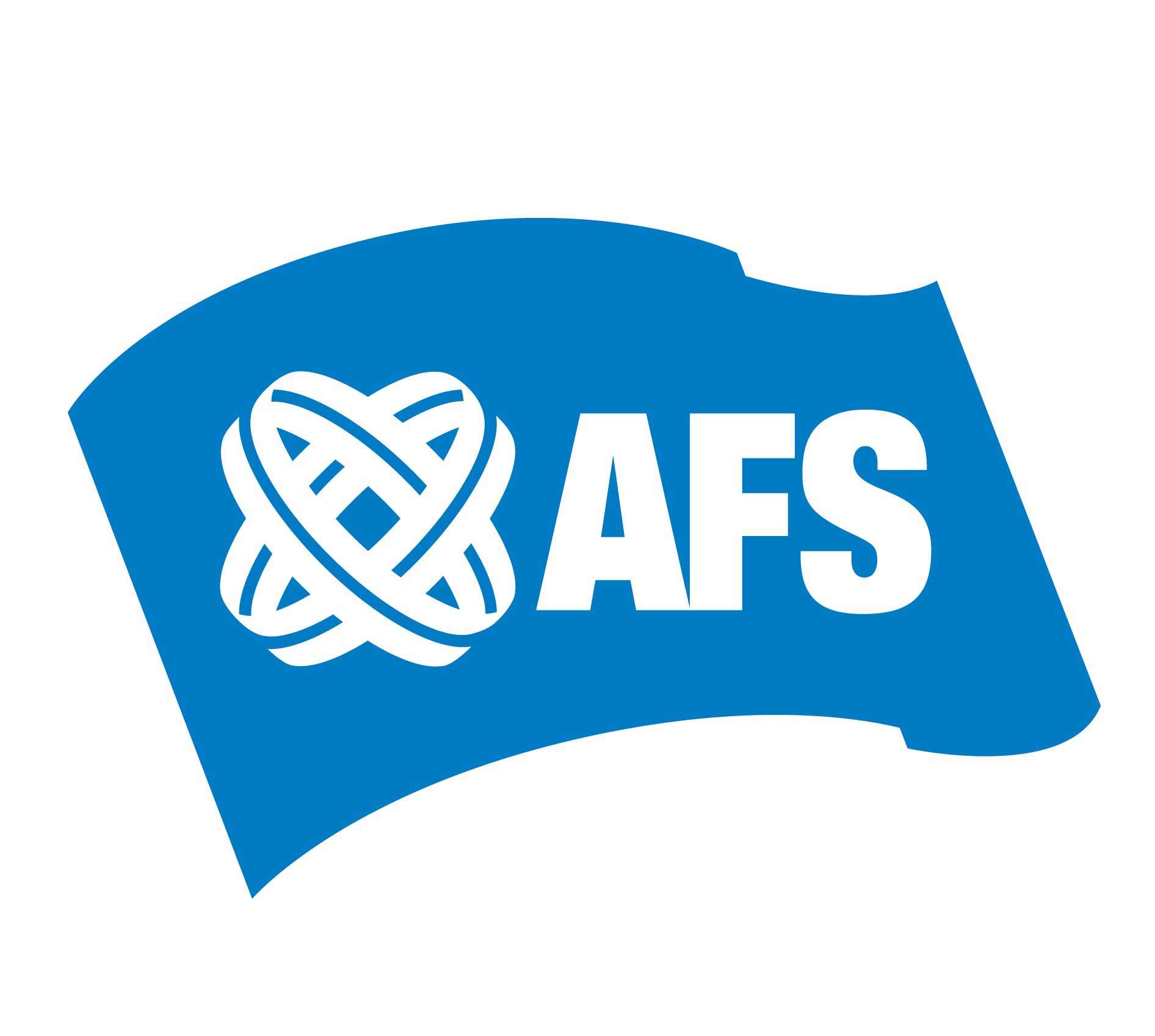Specific conductance and conductivity both refer to the way energy moves through objects. The terms can apply to many kinds of energy, but usually refer to either heat or electricity. Though the terms are often used interchangeably, there is a small, but important, difference between them.
Conductance
Conductance refers to the amount of energy that can be transmitted through a material or substance. Several properties of a material come into play when determining is conductance. For example, materials and substances that have many ionized (electrically charged) molecules and atoms are better at conducting electricity. Conductance is an estimate of the amount of energy that should be able to pass through a substance under ideal conditions.
Conductivity
Conductivity measures the amount of energy that can pass through an actual system, like an electrical circuit. While a length of copper wire could be expected to carry as much energy as its calculated conductance, other factors like the purity of the metal, poor connections and even temperature can cause the actual amount of energy carried to be somewhat less. Once the piece of wire is actually tested, its conductivity can be established.
Specific Conductivity
Specific conductivity is another step necessary for describing exactly the way a system carries energy. The measurement is used most often in reference to the way electricity moves through aqueous solutions. Conductivity tests of electricity through various liquid substances are done by placing electrodes at either end of a tank of the solution. Specific conductivity takes the area of the electrodes into account to make sure that the measurement of the current conducted is as accurate as possible.
Units
Conductance is measured in mhos, sometimes called siemens or ohms, that actually describe the amount of resistance that the current encounters. The greater the mho measurement, the further from a perfect conductor the material is. This type of measurement is called a reciprocal measurement.

